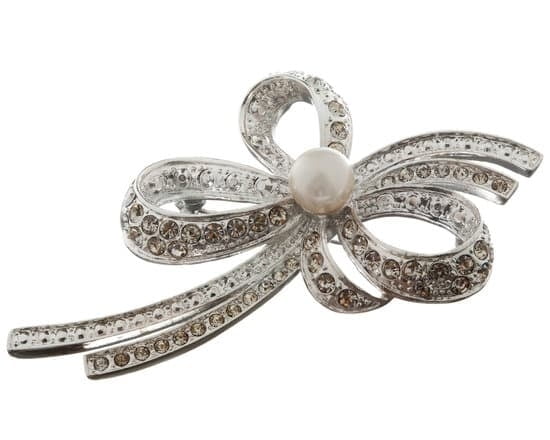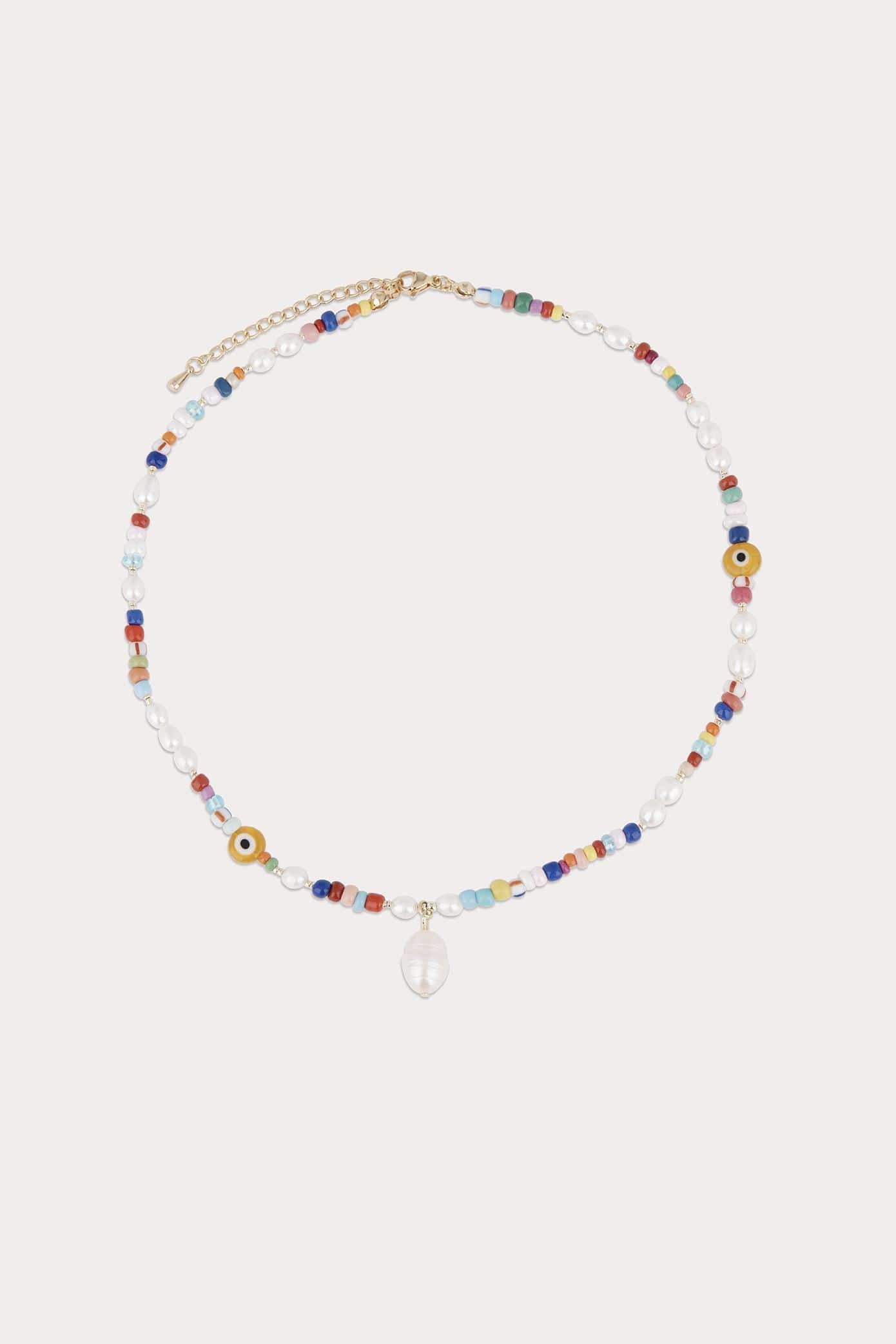Strategic Partnerships
Creating strategic partnerships with other jewelry sellers is an effective way to increase your reach and visibility for your jewelry. First, you can collaborate on marketing efforts such as advertising campaigns, cross-promotional offers, or social media outreach. By teaming up with a partner, you have the opportunity to tap into their audience that may not be familiar with your brand.
Furthermore, collaborating with another jewelry seller creates more opportunities to produce unique items through joint product development and adds new services that benefit both parties. These initiatives can also build value for your brand by having added depth and diversity for potential customers looking for something special. Finally, the ally gained from a partnership strengthens each individual’s competitive power in the marketplace when done right.
Social Networking Platforms
Using social media platforms such as Instagram, Facebook, and Twitter can be an advantageous way to promote and sell jewelry. People often search for products on social media and use it to determine whether or not a product is reputable. As such, having a strong presence on these platforms can help boost sales of your jewelry and expand customer base.
On Instagram in particular, using hashtags properly will help ensure that people searching for specific styles and types of jewelry can find your business easily. Additionally, creating interesting content (e.g. images of your pieces modeled by someone, stories about their origins) can capture attention that direct marketing may have missed before. Additionally, setting up shop on other platforms like Etsy or eBay could be beneficial in gaining the maximum exposure possible to market your products because they draw large audiences with high purchasing power who are seeking unique items like the ones you create!
Pricing & Payment Strategies
When pricing jewelry, it is important to consider the cost of labor, materials, and any shipping or taxes added to the piece. You should also factor in a fair profit margin that reflects the market value and demand for your product. If you are selling only handmade jewelry, make sure to assign a premium price point that reflects a customer’s willingness to purchase an item with a unique style and special craftsmanship. Additionally, when it comes time to accept payment from customers, it is important to have secure payment processing options set up such as credit card processors or digital payment services like PayPal. Setting up these systems ahead of time will save you time when customers come ready to buy.
Branding & Customer Relationships
Creating positive relationships with customers is a key element in building strong brand loyalty. As a jewelry seller, it is important to show that you value each of your buyers and take pride in providing them with the best possible customer service experience. By offering personalized service, responding quickly to inquiries, and providing a top quality product or experience, sellers can help to establish long-term relationships with their followers. Additionally, Amazon, Etsy and other similar marketplaces are good locations for selling jewelry due to the large consumer base they have. However, by using these sites alongside personalized services like creating an online store or even hosting events at local boutiques and craft fairs can help connect directly with customers around the world while still maintaining real relationships with them over time. Building these personal connections will not only attract more loyal buyers but also generate word-of-mouth publicity that could open up more opportunities for growth in the future.
Troubleshooting Problems
Counterfeit Products: For starters, ensure that all of your jewelry pieces are authentic and that you have documents that prove its authenticity. Working with a reputable supplier and doing the necessary research is also paramount in making sure that you’re selling original pieces. Having a watermark on your products can also help to deter buyers from purchasing any counterfeit items.
Legal Issues: Before selling any jewelry online, it is important to familiarize yourself with the laws and regulations in regards to your chosen marketplace. If a company is incorporated, then certain paperwork needs to be submitted. Additionally, always take into consideration potential trademarks and copyrights, as infringement could lead to legal consequences.
Faulty Products: Take steps to ensure each piece of jewelry is in good condition before you sell it. Checking for any damages such as breaches or cracks can help prevent having any customers return faulty goods. As well as this, if customers notice damages while wearing their purchased jewelry they may seek compensations which could affect your business reputation. Providing a comprehensive return/exchange policy allows customers to purchase with confidence

Welcome to my jewelry blog! My name is Sarah and I am the owner of this blog.
I love making jewelry and sharing my creations with others.
So whether you’re someone who loves wearing jewelry yourself or simply enjoys learning about it, be sure to check out my blog for insightful posts on everything related to this exciting topic!





